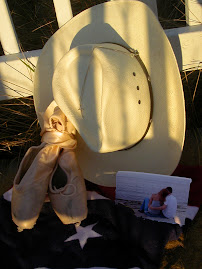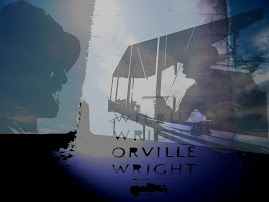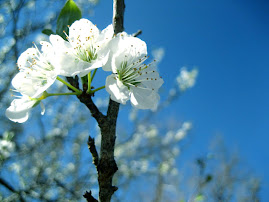Wednesday, November 28, 2007
What is CRITIQUE????
What is CRITIQUE????
Critique \Cri*tique"\, v. t. [Cf. Critic, v.] To criticise or pass judgment upon. [Obs.] --Pope.
Critique \Cri*tique"\ (kr?-t?k"), n. [F. critique, f., fr. Gr. ???? (sc. ????) the critical art, from ?????. See Critic.] 1. The art of criticism. [Written also critic.] [R.] 2. A critical examination or estimate of a work of literature or art; a critical dissertation or essay; a careful and through analysis of any subject; a criticism; as, Kant's "Critique of Pure Reason.''
Here’s an excerpt from an article that I found interesting on the topic:
The Photographic Critique as a Learning Experience
by Joseph Meehan
Although the word “critique” is rooted in the concept of criticism (“a judgment of what is wrong”), a successful photographic critique should result in a positive outcome for the photographer. That is, the experience should help the photographer better understand how his or her work is being perceived as a basis for improvement. This typically begins with the reviewer reacting to how well the overall visual message is stated. In doing so a professional reviewer is expected to remain objective while identifying the specific strengths and weaknesses of a photograph. It is not very useful, for example, to simply say they like or dislike a particular image without explaining why.On the other hand, the photographer needs to approach this process with the proper motivation and attitude. Most importantly, to understand that the work is being evaluated in terms of how it appears to the professional conducting the critique. If there is a disconnection between the impressions of the reviewer and what the photographer intended, then something is obviously wrong. Identifying why the message was not clearly perceived should be balanced with an emphasis on how things can be done better or even to identify missed opportunities.
See the full article with examples at:http://www.photoworkshop.com/critiquing
Definition of the different types of critique:www.scphotogs.com/articles/critique.pdf
Please pay special attention to the portion about ‘Peer Review”, which is what we are doing when we critique photos in class (pp. 5-7).
Peer Review
What it is:
A peer review is one of the most common forms of critique available. As peers, this means that the photographer is receiving a critique from other photographers. A peer review means that your feedback is no longer just Aunt Betty seeing a sunset shot and saying “Nice.” It consists of a peer that can consciously recognize the smoothness of the water, the sharpness (or lack thereof) throughout the image, as well as changes in color tones and contrast.Since fellow photographers are more aware of these technical merits, they can actually comment on them with a certain degree of “expertise”. These are typically the types of critiques one will see requested and given in photo communities like www.photo.net, www.fredmiranda.com, www.dpreview.com. The very nature of these communities is that they serve as a venue to present and share images with your peers, as well as to give and receive useful critiques and analyses of your imagery.What it is good for:Peer review is typically good for individuals who would like some objective analysis and feedback on what is good about their imagery, including times where there are areas that could use improvement. It takes a tougher skin to accept reviews of this nature, because you may get feedback that points out flaws either in your technique, style, equipment, or any combination of these. So, be forewarned, if you ask for a peer review; be prepared to perhaps hear things you wouldn’t get from Aunt Betty or your sister, Mary.ExpectationsSince this is a peer review, the typical expectation is that the reviewer will give their thoughts on some of the technical aspects of the image as presented. Likewise, for the one receiving feedback, you likely are not going to get the typical sunshine and glowing responses that you get from Aunt Betty and your sister Mary. These reviews will likely include comments such as “I like the composition here, but it looks like your horizon isn’t straight. You may want to fix that.”So, what technical aspects can the submitter expect to get critiqued on? This varies, depending on the skill, experience, and breadth of knowledge on the part of the reviewer. In general though, there are 7 key areas that people look at when critiquing photographs on their technical merit:
1.Depth of Field (DOF) and Focus – Often confused with sharpness, DOF and focus speak to the entire image, rather the main subject. Depth of field considers the impact of blur and sharpness throughout the image. Questions often considered include: Is the entire image in focus or are some partsblurred or out of focus? Is it blurred only in a particular region of the image (foreground, middle ground or background)? How does the DOF impact the subject? Does the blurring of the foreground and/or background help or detract from the image?
2.Exposure – Are there any areas of the image that are completely black (no shadow detail) or white (no highlight detail)? Does this help or detract from the image?
3.Lighting – What type of lighting exists? Is it soft even lighting, or harsh spot lighting? In either case, does it produce a visually appealing or stimulating result? Does that result help or detract from the image?
4.Sharpness – Often confused with depth of field and focus, this factor looks specifically at the subject of the image. Is it slightly out of focus( soft), completely out of focus (usually as a result of camera or motion blur), or spot on (tack sharp for the entire subject matter)? Is the effect (soft, blurred, or spot on) intentional, and if so, does it enhance or detract from the image?5.Lines – Are lines present and/or are they used effectively within the image? Lines are used in photography to guide the viewer through an image. Lines can take several forms in photographs. Curving landscape, the arrows of an bird’s feathers, the rippling circles of a water drop, the repeating pattern of bark on a tree, the random meanderings of vines across a wall, the veins of a leaf, the bold architectural lines or a church steeple or suspension bridge, and even abstract lines of blurred grass in the wind are all examples of how lines can be powerful anchors to an image that stimulate and direct the viewer to and through points of interest in a picture. Their presence or absence and effective placement can make or break an image.
6.Color – Are colors accurate, vibrant, or non-existent? If the skin tone is off or not corrected during post-processing, this can decrease the appeal and quality of an image in the eyes of a reviewer. Likewise, if colors are flat or subdued, depending on the nature of the image this can either enhance or detract from overall image quality. Finally, lack of color can also have a very powerful impact on images. The notoriety and recognition that one of photography’s most famous, Ansel Adams, and his presentations of black and white imagery is still seen today in the work of people that strive toward those particular ends.
7.Composition/Originality – When critiquing photographs, some basic rules of composition can be used to measure the overall appeal. One of the most famous, the Rule of Thirds (ROT), is often applied to determine whether the composition of an image is “on” or “off”. Often times, images may not adhereto the ROT principle by intent, to produce a new and original perspective.
Since the composition and originality of an image is often subjective by nature, it can be difficult to quantitatively measure this. Nevertheless, the composition of an image is probably the fundamental cornerstone upon which imagery is presented. If the composition is not there, it does not matter whether the colors are accurate, sharpness is present, with beautiful even lighting, or depth of field is effective. The image will likely not be received well if it does not stimulate or engage the viewer on some level.Generally, peer reviews will usually address one or more of the above technical merits, as well as offer general feedback. Commentary can vary wildly depending on the familiarity level the reviewer and the submitter have with one another, the type of community, and how it’s presented. (Is it done by means of an email, private message, or other one-on-one communication, or is it done in an open community where everyone can read the review?)
What it is not good for:
Peer review is generally not good for images presented outside the parameters of a peer review area. Typically photo communities like the ones mentioned above, or groups and gatherings of photographers in an organization (like regional clubs that meet regularly to share and critique each others works) are where peer reviews are done. If someone has images on a web log, or on a website as a gallery, this is not the venue for conducting peer reviews.From a reviewer’s perspective, this is also not the place to leave generic and/or non-specific commentary. Usually responses like “Nice”, “overblown” or “I like this” will not be of much help because there is nothing specific that the submitter is getting back that either they need to work on, or that they know they are doing correctly.
For a tutorial on Professional Photographic Critique:
http://tips.romanzolin.com/articles/article004.php
Another, on Professional Critique:
http://www.naturephotographers.net/je1001-1.html
Important Excerpts—Goals toward writing an effective critique:
Start off by taking some time to truly study the image and form an opinion of what appeals to you about the image, both technically and aesthically. Sometimes coming back to study the image again a short time later is helpful.After forming an overall impression of the image, begin to identify the specific technical qualities of the image (lighting, color, contrast, composition, depth-of-field, background, etc.) that appeal or don't appeal to you. In just about any image, you can find both. Do the same with the aesthetic qualities of the image by describing any emotional response the image imparts. It's not uncommon to find images that are technically deficient, but yet impart a strong emotional response from the viewer, and visa versa. Feedback to the photographer on both the technical and aesthetic aspects of an image is useful.Search for the words and phrases that most effectively convey your thoughts about these specific qualities.Begin the written critique with what you like about the image. It is a mistaken belief that a photo critique should only point out what is wrong. In fact, as much can be gained by pointing out what it is that appeals to the viewer.Out of the image qualities that you feel need improvement, pick those qualities that you can most effectively communicate why you think they need improvement, and how an improvement of those qualities would help improve the image.Whenever possible, offer suggestions based on first-hand experience on how to improve those image qualities that you found lacking.



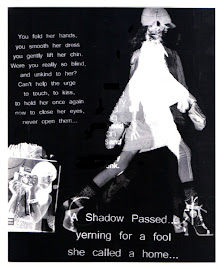


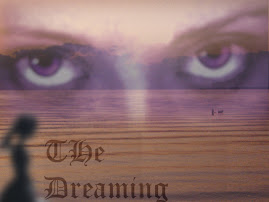
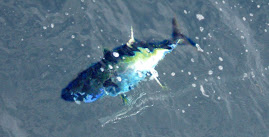


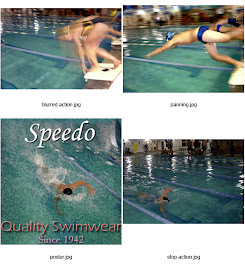

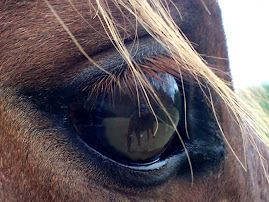
.jpg)

